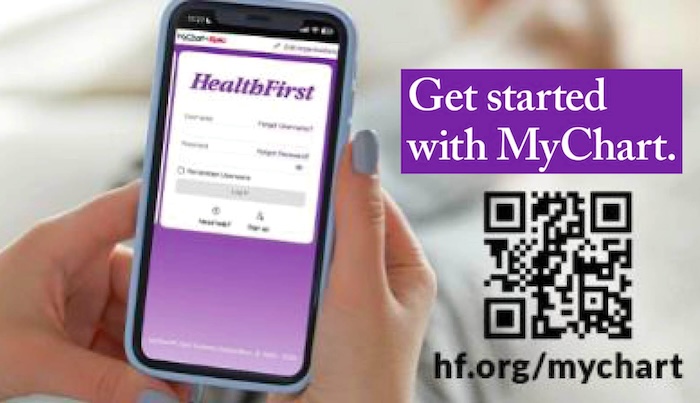Health First Focuses on Keeping COVID-19 at Bay By Separating Patient Groups
By Health First // May 5, 2020
cohorting of patients with similar diagnosis is key to positive patient outcomes, continuity of care

BREVARD COUNTY, FLORIDA – The word “cohort” is not one often used in our everyday vocabulary. A dictionary might describe a cohort as something akin to a group or gathering of similarities. A synonym could include mate, pal or even associate.
In the world of healthcare, especially in the days of COVID-19, cohort takes on a whole different meaning – as in safe and specialized care.
As Brevard County has essentially “flattened the curve” with fewer patients being hospitalized for COVID-19, all four Health First hospitals must continue to ensure safety for its patients, associates and visitors, while also tending to the very unique and specific needs of the patients being treated for the virus.
“Technically, ‘cohorting’ really means keeping patients with the same disease process together in the same area to limit exposure,” said Angelic Dixon, Interim Director for Respiratory Isolation Units at Health First’s Holmes Regional Medical Center.
“This allows us to centralize resources, like personal protective equipment, and ensure the best possible care outcomes for not only our COVID-19 patients but every other patient being cared for in our facility.
“Cohorting our patients is not really much different than in how we might think of, say, ICU patients. But we equate it to a level of specialized care necessary for that unique patient population. It allows the opportunity for a dedicated staff to use certain skill sets that may not be needed for other patient populations in our hospitals,” Dixon continued.
By creating a more specialized unit, caregivers – and the level of care they are providing – becomes more cohesive. A lot of what they’re doing from a care perspective – one might wonder if we do the same for every patient, or is it different?
“The cohorting of patients with a similar diagnosis is key to positive patient outcomes and continuity of care,” said Nicki Andersen, Vice President of Nursing for Holmes Regional.
“This is not a new concept to the care of our patients at Health First. We have used this same methodology with trauma, open heart, cardiac, orthopedic, surgical, neurology, medical, gynecology, obstetrics, oncology and other medical diagnosis.”
“Through cohorting, (with) patients in the same unit, Health First provides an environment where physicians, nurses and the healthcare team focus on a particular patient population and utilize best practices in medical knowledge, interventions and research to meet the needs of our patients and to optimize medical interventions resulting in positive patient outcomes and improve the health and wellness of our community.”
From a clinical perspective, it makes sense to use this same thought process in caring for patients with either a positive COVID-19 test or being ruled out for COVID-19.
The goal for Health First is to provide the necessary services and processes that result in our patients returning to an optimal state of health and enjoy the things they like to do most in life again.
“Our staff is skilled at using the appropriate types and level of personal protective equipment to help keep them safe and minimize exposure, and this staff of caregivers can quickly recognize signs and symptoms of COVID-19 to ensure rapid intervention if they need more support,” Andersen explained.
“In addition, we recognize the necessity of better communications and support for families, especially when visitors are not typically allowed at this time. So, we have more strategies in play for using technology to keep patients close and in touch with the outside world.”
Health First also looks to other hospitals in terms of identifying best practices of what works – and what doesn’t work.
“As Health First worked hard to develop and implement a plan well in advance to meet any potential surge of COVID-19 patients here in Florida, we’ve had the benefit of seeing the virus and how it’s affected other areas like the (U.S.) West Coast and seeing the challenges they faced,” said Cheyana Fischer, Administrator of Health First’s Viera Hospital.
“We had more of a heads up and ability to plan and prepare by collaborating with other hospitals, and watching and learning from their experiences, which has, in turn allowed us to do everything from creating hundreds of negative pressure rooms to cohorting our unique patient populations.”

CLICK HERE FOR BREVARD COUNTY NEWS















